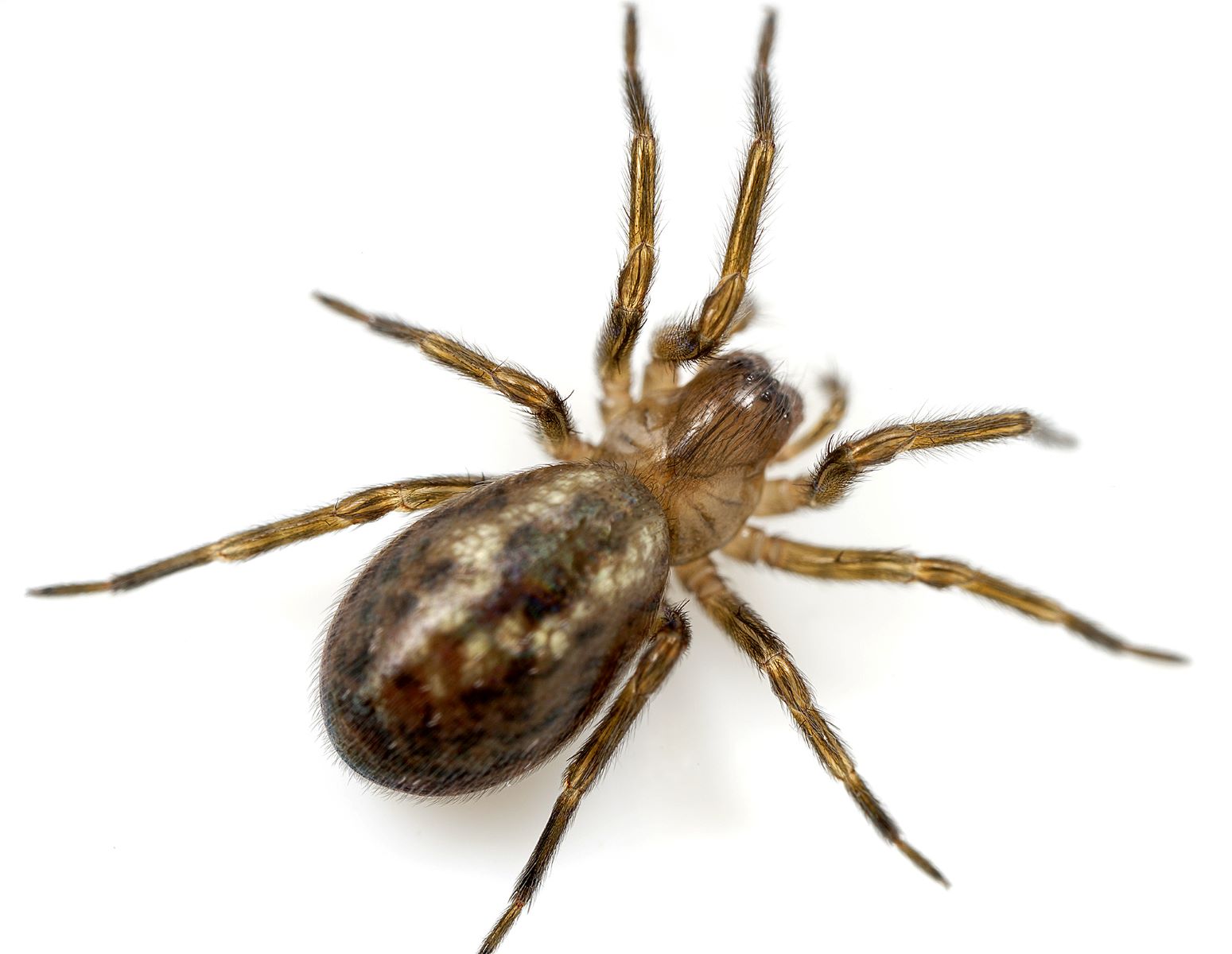
The lace-webbed spider is a fascinating creature that captures attention with its intricate web designs and unique hunting techniques. This extraordinary arachnid is known for its distinctive web-building behavior, skillful camouflage, and surprising predatory habits. Found in various regions across the globe, lace-webbed spiders are truly a marvel of nature.
In this article, we will delve into the world of lace-webbed spiders and uncover 17 intriguing facts about them. From their intricate web patterns to their remarkable hunting strategies, these spiders prove to be intriguing and awe-inspiring creatures. So, let’s embark on this arachnological journey to unravel the mysteries of the lace-webbed spider!
Key Takeaways:
- Lace-webbed spiders are fascinating nocturnal hunters with intricate web structures, playing a crucial role in controlling insect populations and contributing to the balance of ecosystems.
- Female lace-webbed spiders are larger, exhibit maternal care, and some species can change color for effective camouflage, making them unique and important members of the ecosystem.
Lace-webbed spiders belong to the family Amaurobiidae.
Lace-webbed spiders, scientifically known as Amaurobiidae, are a fascinating group of spiders that exhibit unique behaviors and characteristics.
They are commonly found in various parts of the world.
These spiders can be found in different habitats worldwide, including Australia, Europe, North America, and Asia.
Lace-webbed spiders are known for their intricate and beautiful web structures.
Their webs are complex and delicate, resembling lace, which gives them their unique name.
They are nocturnal hunters.
Lace-webbed spiders are primarily active during the night, using their specialized web to capture prey such as insects and other small arthropods.
Lace-webbed spiders are solitary creatures.
Unlike some other spider species, lace-webbed spiders prefer to live and hunt alone, establishing their territories in secluded areas.
The female lace-webbed spiders are larger than males.
Female lace-webbed spiders are generally larger in size compared to their male counterparts.
They have unique mating behaviors.
During mating, male lace-webbed spiders perform intricate courtship rituals to attract the female. These rituals often involve vibrating their webs and performing specific body movements.
Lace-webbed spiders exhibit maternal care.
After mating, female lace-webbed spiders lay their eggs in protective sacs and guard them until they hatch. They may also provide food for the spiderlings once they emerge.
Some species of lace-webbed spiders are able to change their color.
Certain species of lace-webbed spiders have the ability to change their color to blend in with their surroundings, providing effective camouflage.
They are venomous, but not considered dangerous to humans.
Although lace-webbed spiders possess venom to subdue their prey, they are not considered to be a significant threat to humans, and their bites are typically mild.
Lace-webbed spiders play an essential role in controlling insect populations.
By capturing and feeding on insects, lace-webbed spiders help to regulate the populations of various pests, contributing to the balance of ecosystems.
Lace-webbed spiders have specialized silk glands.
These spiders possess silk glands that produce different types of silk, used for web construction, egg sacs, and other purposes.
They exhibit unique social behaviors.
While most lace-webbed spiders are solitary, some species have been found to exhibit cooperative behaviors, living in communal webs and assisting in capturing prey.
Lace-webbed spiders have excellent sensory capabilities.
These spiders possess specialized sensory organs that allow them to detect vibrations in their web, helping them locate prey or potential mates.
They can regrow lost legs.
If a lace-webbed spider loses a leg, it has the incredible ability to regenerate it during the molting process.
Lace-webbed spiders have a lifespan of about one to two years.
These spiders typically live for a relatively short period, with their lifespan ranging from one to two years.
They are an important part of the ecosystem.
Lace-webbed spiders contribute to the overall health of their ecosystems by controlling pest populations and serving as prey for other animals.
Conclusion
The lace-webbed spider is a fascinating creature with unique characteristics and behaviors. From its intricate web designs to its hunting techniques, this spider has captivated researchers and nature enthusiasts alike. With their ability to adapt to various environments and their interesting mating rituals, lace-webbed spiders are truly intriguing. By understanding these fascinating creatures, we can gain a deeper appreciation for the incredible diversity of the animal kingdom. So next time you come across a lace-webbed spider, take a moment to marvel at its beauty and complexity.
FAQs
Q: What is a lace-webbed spider?
A: A lace-webbed spider is a type of spider known for its complex web designs, resembling delicate lacework.
Q: Where are lace-webbed spiders found?
A: Lace-webbed spiders can be found in various parts of the world, including Australia, Asia, and Africa.
Q: What do lace-webbed spiders eat?
A: Lace-webbed spiders primarily feed on insects, such as flies, mosquitoes, and small beetles.
Q: How do lace-webbed spiders catch their prey?
A: Lace-webbed spiders use their intricate webs to trap and immobilize their prey before consuming them.
Q: Are lace-webbed spiders venomous?
A: Yes, lace-webbed spiders possess venom that they use to paralyze their prey.
Q: How do lace-webbed spiders reproduce?
A: Lace-webbed spiders reproduce sexually, with the male courtship displaying unique dance-like behaviors.
Q: Are lace-webbed spiders harmful to humans?
A: Lace-webbed spiders are generally not harmful to humans and prefer to avoid contact whenever possible.
Q: Do lace-webbed spiders have any predators?
A: Lace-webbed spiders have a range of predators including birds, lizards, and other spider species.
Q: Can lace-webbed spiders live in urban areas?
A: Yes, lace-webbed spiders are adaptable and can be found in both natural and urban environments.
Q: How long do lace-webbed spiders live?
A: The lifespan of lace-webbed spiders can vary but typically ranges from several months to a few years.
Q: Are lace-webbed spiders solitary or social creatures?
A: Lace-webbed spiders are generally solitary creatures and do not exhibit social behavior.
Was this page helpful?
Our commitment to delivering trustworthy and engaging content is at the heart of what we do. Each fact on our site is contributed by real users like you, bringing a wealth of diverse insights and information. To ensure the highest standards of accuracy and reliability, our dedicated editors meticulously review each submission. This process guarantees that the facts we share are not only fascinating but also credible. Trust in our commitment to quality and authenticity as you explore and learn with us.


